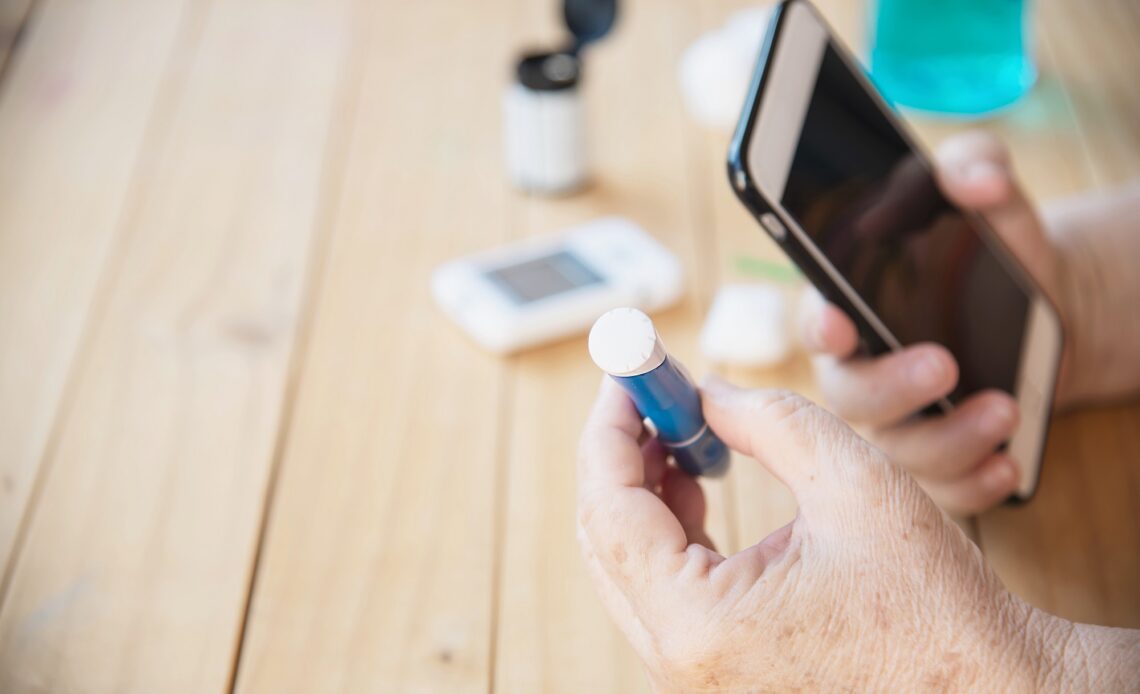Understanding Digital Overload: What It Is and How It Affects Us
Digital overload refers to the overwhelming presence of technology in our daily lives, which can lead to stress, fatigue, and a host of other health issues. As we increasingly rely on digital devices for work, entertainment, and communication, the constant barrage of information can be mentally exhausting. The constant notifications, emails, and social media updates create an environment where we are perpetually on edge. This heightened state of alertness can disrupt our ability to relax and unwind, leading to chronic stress that affects both physical and mental health. Digital overload can contribute to physical strain, such as eye strain and poor posture, resulting from extended periods of screen time. These physical manifestations of digital overload can exacerbate existing health issues or lead to new ones, making it essential to understand and manage our digital consumption effectively.
The Science of Screen Time: How It Impacts Our Health
Screen time, while a necessary part of modern life, can have significant effects on our health. Prolonged exposure to screens is linked to a variety of health problems, including sleep disturbances, poor posture, and eye strain. Blue light emitted by screens can interfere with our natural sleep-wake cycle, leading to insomnia and other sleep disorders. Moreover, screen time often promotes a sedentary lifestyle, which is a known risk factor for numerous health issues, including obesity, cardiovascular diseases, and diabetes.
Additionally, the content we consume during screen time can impact our mental health. Social media and digital platforms often present unrealistic standards of success and beauty, which can lead to feelings of inadequacy and depression. These mental health challenges can further exacerbate physical health issues, creating a cycle that is difficult to break.
The Link between Screen Time, Stress and Diabetes

The relationship between screen time and diabetes risk is multifaceted, involving both direct and indirect pathways. Excessive screen time often leads to mindless snacking, especially on sugary foods, which causes spikes in blood sugar levels. Over time, this can contribute to insulin resistance. Additionally, digital overload can result in increased stress, which triggers the release of cortisol. This hormone not only increases appetite but also promotes fat storage, particularly around the abdomen, further heightening the risk of developing type 2 diabetes.
Beyond diet and stress, prolonged screen time also encourages a sedentary lifestyle, which is a direct risk factor for diabetes. The combination of stress, poor dietary choices, and inactivity creates a perfect storm for the development of metabolic issues. Therefore, managing screen time, reducing stress, and adopting healthier habits like physical activity are key steps in mitigating the risk of diabetes.
Symptoms of Digital Overload: Recognizing the Warning Signs
Recognizing the symptoms of digital overload is the first step in addressing its impact on your health. Common signs include eye strain, headaches, and difficulty concentrating.
You may also experience increased levels of stress and anxiety, which can manifest as irritability, mood swings, and difficulty sleeping. These psychological symptoms are a result of the constant information overload and the pressure to remain connected at all times. Practicing mindfulness and setting boundaries around screen time can help alleviate these symptoms.
Ensuring that your workstation is ergonomically designed and incorporating regular physical activity can help reduce these physical manifestations of digital overload.
Managing Screen Time: Tips for a Healthier Digital Lifestyle
Managing screen time effectively is crucial for maintaining a healthy digital lifestyle. Start by setting specific limits on your daily screen usage and sticking to them. Implementing the 20-20-20 rule, which involves taking a 20-second break every 20 minutes to look at something 20 feet away, can help reduce eye strain.
To counteract the sedentary nature of screen time, aim for at least 30 minutes of moderate exercise each day, whether it’s a brisk walk, a yoga session, or a home workout. Regular physical activity not only improves physical health but also enhances mental well-being.
Additionally, be mindful of the content you consume. Curate your digital environment to include content that inspires and uplifts you, rather than content that causes stress or anxiety. Taking control of your digital environment can help you maintain a healthier relationship with technology.
The Role of Diet in Mitigating the Effects of Digital Overload

Diet plays a crucial role in mitigating the effects of digital overload. Consuming a balanced diet rich in whole grains, fruits, vegetables, and lean proteins can help stabilize blood sugar levels and improve overall health.
Incorporating foods that are high in fiber can also help manage blood sugar levels and promote feelings of fullness, reducing the likelihood of mindless snacking. Foods like oatmeal, legumes, and leafy greens are excellent choices for supporting metabolic health and preventing diabetes.
Staying hydrated is equally important. Avoid consuming excessive caffeine or energy drinks, as they can increase anxiety and disrupt sleep patterns.
Future Research Directions: What We Still Need to Learn
Future studies should explore the long-term effects of digital overload on metabolic health and the mechanisms through which screen time influences glucose metabolism. Research should investigate the effectiveness of various interventions, such as digital detoxes, mindfulness practices, and dietary changes, to reduce the risk of diabetes.
Conclusion
Understanding the potential risks associated with digital overload, including its link to diabetes, you can take proactive steps to protect your health. Implementing strategies to manage screen time, such as setting limits, incorporating physical activity, and maintaining a balanced diet, can help mitigate the effects of digital overload.
Remember, your well-being is in your hands. Take the time to evaluate your digital habits and make necessary changes to ensure a healthier and more balanced lifestyle. Start by setting a small goal, like reducing your screen time by 30 minutes each day, and gradually build on it for long-term health benefits.


